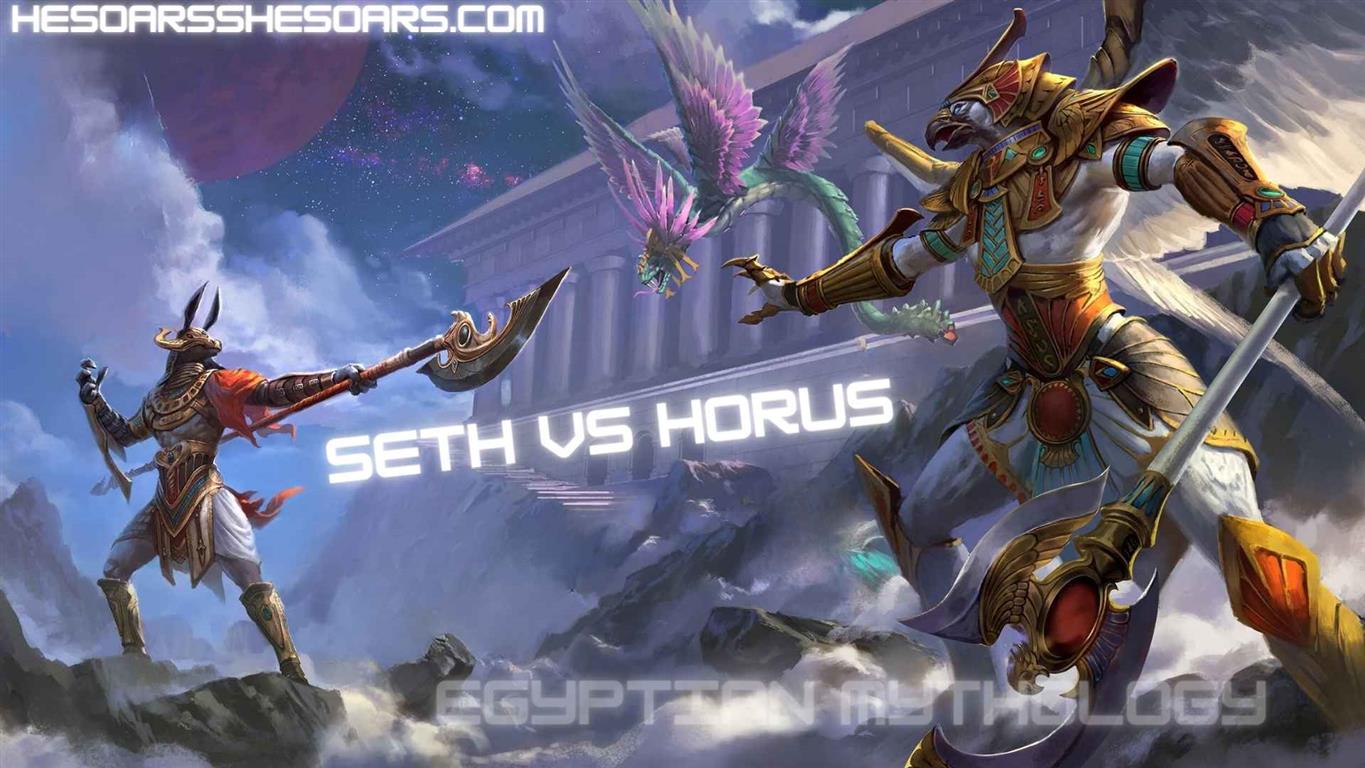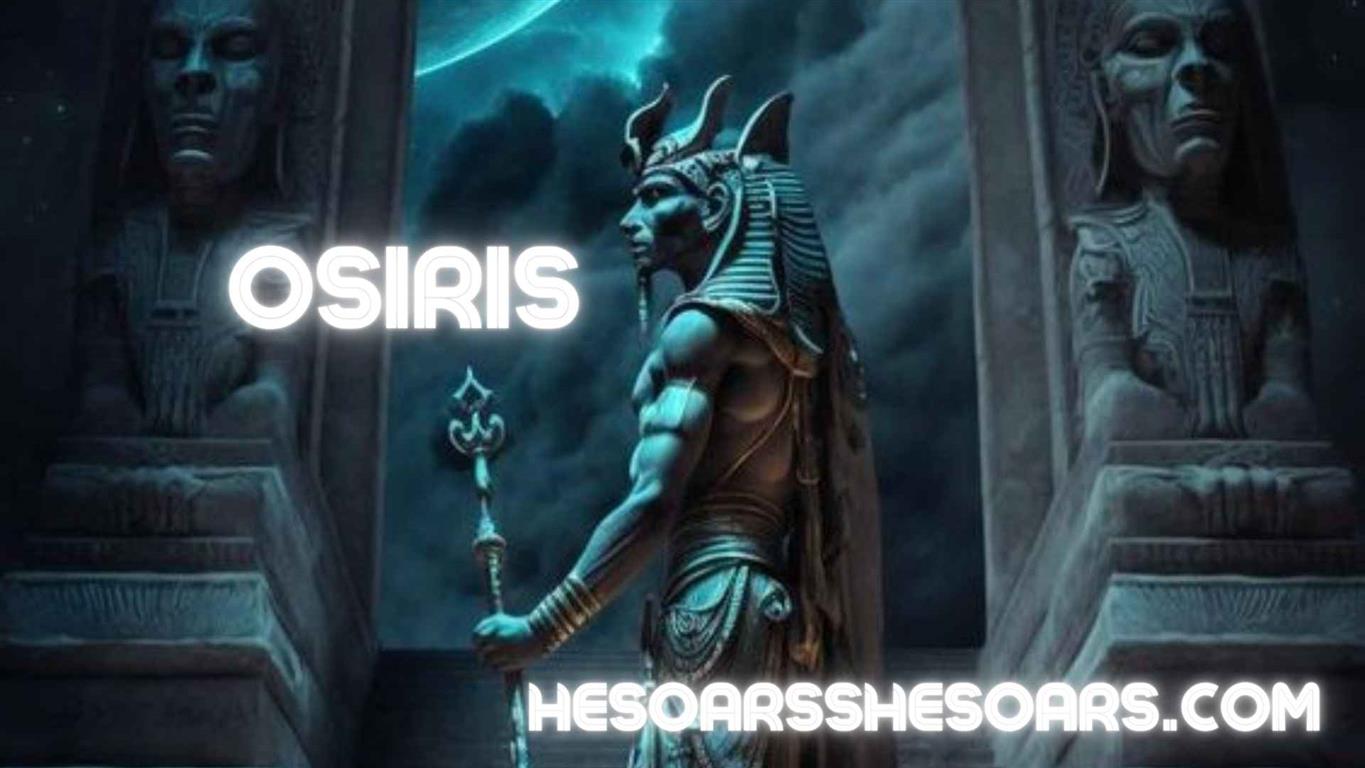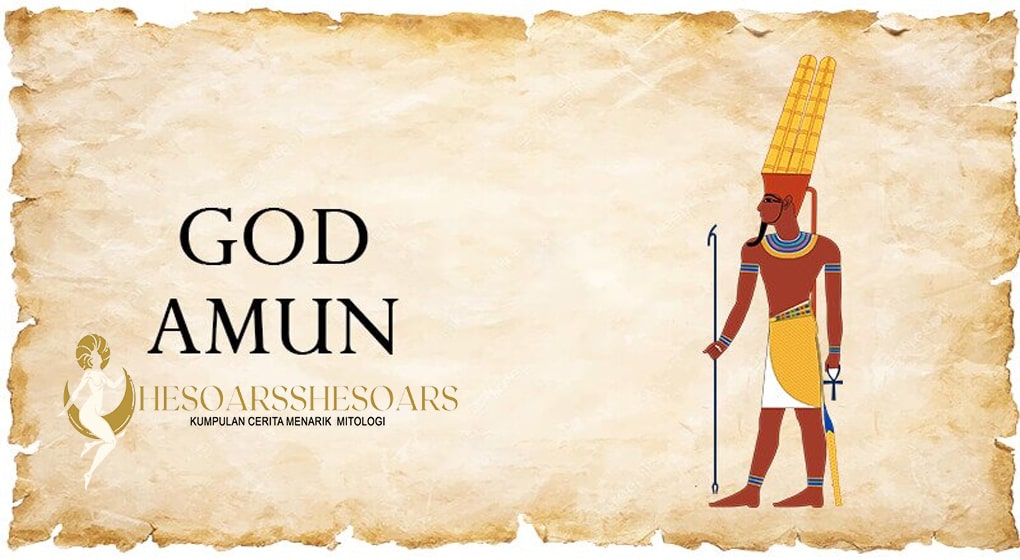Introduction Egyptian Gods
Ancient Egypt is often heralded as one of the cradles of human civilization. Their grand pyramids, intricate hieroglyphs, and powerful pharaohs form the fulcrum of history books. Yet, beneath this tangible history lies the less visible but equally compelling world of Egyptian mythology. The pantheon of Egyptian gods is not only vast but deeply interwoven with the cultural, political, and natural phenomena of the time.
Ra (or Re) – The Sun God
Chief among the Egyptian gods, Ra represented the sun. Believed to travel across the sky in a solar bark, he symbolized the cycle of life, death, and rebirth. Each evening, Ra descended into the underworld, only to rise again in the morning, depicting the eternal cycle of the sun.
Osiris – God of the Afterlife
Osiris is one of the most iconic gods of ancient Egypt, representing life after death. According to myths, he was murdered and dismembered by his brother, Set. His wife, Isis, brought him back to life, symbolizing resurrection and eternal life. This tale underscores the Egyptian belief in life after death and the rigorous burial customs they followed.
Isis – Goddess of Magic and Motherhood
Isis, the wife of Osiris, is the goddess of health, marriage, and wisdom. Her role in resurrecting Osiris and protecting their son, Horus, made her a protective figure, a symbol of motherhood and wifely duties.
Horus – Sky Egyptian Gods
The falcon-headed god Horus represents the living pharaoh. He is the son of Osiris and Isis, and his battle with his uncle Set, who killed Osiris, is a foundational myth in Egyptian lore. The eye of Horus, ‘Wadjet‘, is a famous symbol representing protection, royal power, and good health.
Anubis – God of Mummification
With the head of a jackal, Anubis was responsible for guiding the souls of the deceased to the afterlife and overseeing the mummification process. He ensured the heart of the deceased was light as a feather during the judgment.
Seth – Egyptian Gods of Chaos
Portrayed with a mysterious animal head resembling an aardvark, Seth was the god of chaos, storms, and war. Infamous for killing Osiris, he represents the forces of disorder.
Ma’at – Goddess of Truth and Justice
Often shown with an ostrich feather on her head, Ma’at personified cosmic order, balance, and justice. Her feather played a crucial role in the judgment of the dead.
Hathor – Goddess of Love and Music
Often depicted with cow horns holding a solar disk, Hathor was the goddess of love, joy, and music. She was also a protective deity, especially of women in childbirth.
Thoth – God of Knowledge
Thoth, depicted as a man with the head of an ibis, was the mediator between good and evil, making sure neither side had a decisive victory. As the god of writing and knowledge, he was also considered the inventor of the hieroglyphs.
Sobek – The Crocodile God
Associated with strength, power, and protection, Sobek was worshipped in areas where crocodiles were common. He protected the pharaoh and the people from the dangers of the Nile.
Conclusion Egyptian Gods
the pantheon of ancient Egypt was both vast and varied, addressing nearly every aspect of life and death. The intricate relationships between the gods, coupled with the legends surrounding them, contributed immensely to the rich cultural and spiritual tapestry of ancient Egypt. They not only provided spiritual guidance but also influenced art, literature, and statecraft for millennia. The legacy of these deities continues to captivate people worldwide, as evidenced by the enduring interest in Egyptian mythology.




